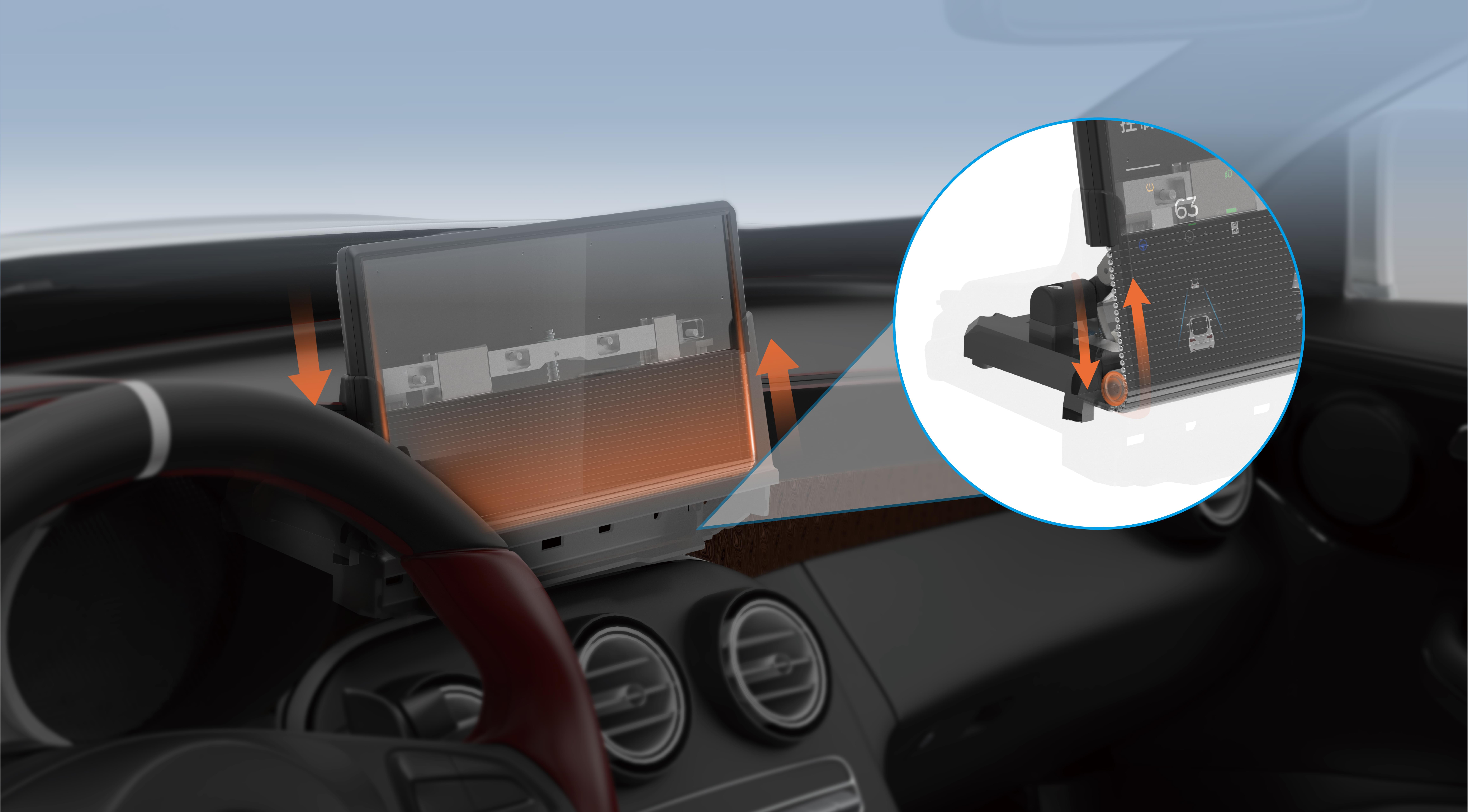Imagine you’re trying to explain the magic behind a complex app—how it handles thousands of users simultaneously without crashing or losing speed. That’s where microservices architecture really shines. Instead of one monolithic block, think of it as a mosaic, each piece representing a small, focused service working seamlessly together. But how does this look? Enter the microservices architecture diagram example, a visual map that lays out the whole picture.

Seeing a well-designed diagram is like getting the blueprint of a skyscraper. It reveals how each microservice interacts, how data flows from one part to another, and where things can potentially bottleneck. The beauty lies in its flexibility. You can assign different teams to develop, deploy, and update different sections without tearing down the entire system. Curious? For instance, imagine your e-commerce platform: the catalog, user management, payment gateway, and review system all exist as separate microservices. The diagram showcases these components as interconnected nodes, each with its own dedicated function.
The benefit is obvious—scalability. When holiday shopping spikes, you can beef up just the payment service rather than the whole app. Watching real-world examples unfold, like a streaming service adjusting its recommendation engine independently of its user interface, gives a sense of how resilient and adaptable microservices can be.
A quick question: why do some companies prefer microservices over traditional architectures? Well, because it’s like building with Lego blocks—you can snap new features in or take them out without falling apart. It’s not just about scaling. It’s about agility, about responding quickly to market shifts, testing new ideas faster, and keeping the system fresh.
The diagram example isn’t just a pretty picture. It’s a negotiation tool between developers, designers, and stakeholders, translating complex ideas into something tangible. It makes troubleshooting easier. Instead of hunting through a monolithic mass for a problem, you follow the diagram’s clues—each service’s health status, data dependency, communication pathways.
Think about how many times your app might fail because of overloads or legacy monoliths. Now, imagine a diagram that clearly shows every microservice and how they connect. It’s like having a GPS in a maze—suddenly, you’re navigating chaos with confidence. And for those thinking about migrating or scaling, the visual clarity helps craft a roadmap. It becomes possible to see potential pitfalls, plan capacity, and understand the overall architecture at a glance.
So, what’s the true power of a good microservices diagram? It’s about clarity. It’s about making the invisible invisible—transparent. And in a world where speed and responsiveness define competitiveness, having a clear map of your architecture can make all the difference. Whether you’re rolling out a new feature or troubleshooting a sudden glitch, in the end, it comes down to who's got the better blueprint.
Established in 2005, Kpower has been dedicated to a professional compact motion unit manufacturer, headquartered in Dongguan, Guangdong Province, China. Leveraging innovations in modular drive technology, Kpower integrates high-performance motors, precision reducers, and multi-protocol control systems to provide efficient and customized smart drive system solutions. Kpower has delivered professional drive system solutions to over 500 enterprise clients globally with products covering various fields such as Smart Home Systems, Automatic Electronics, Robotics, Precision Agriculture, Drones, and Industrial Automation.




































